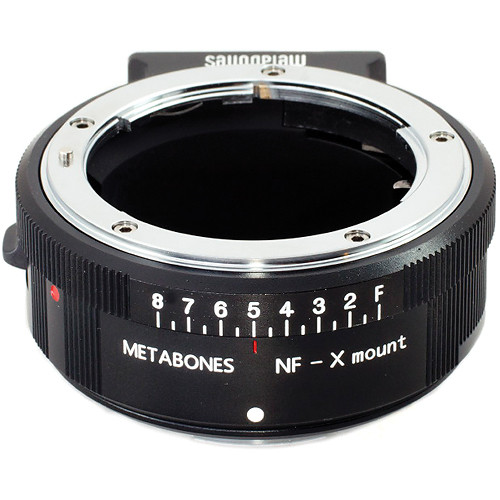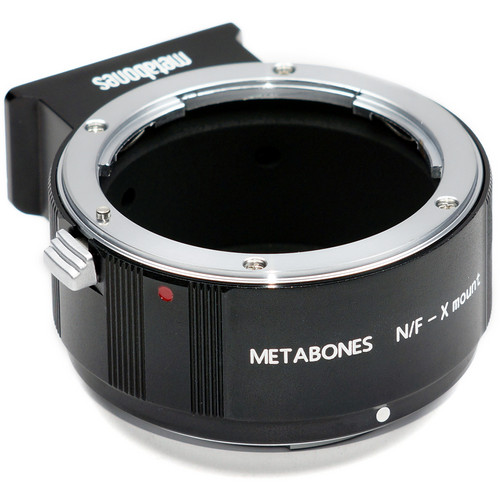If you like this post, help us share it
The beauty of mirrorless cameras is not only they are smaller size and weight, but also the ability to use some of the best lenses like Canon, Nikon, Carl Zesis, Leica via a converter adapter. To understand how mirrorless adapters work, you need to understand flange distance. Flange distance is the distance between the lens mount and the image plane in the camera. Each camera manufacturer designs its DSLRs or mirrorless cameras with a specific flange distance. If you wish to use a lens made for another camera on your camera, you have to consider this distance. Mirrorless, interchangeable-lens cameras have shorter flange distances because they don’t have the bulky mirror box found in DSLRs. So these cameras can be used with an adapter fitted in between the camera and the lens to make up to the larger flange distance that the lens is designed for. On the other hand, when the flange distance of the lens is less than that of the specific camera mount, the lens won’t focus all the way to infinity and has limited focus range. The below table show some of the common camera mounts and their designed flange distance.
| Mount | Flange Distance |
| Nikon 1 | 17mm |
| Fujifilm X | 17.7mm |
| Canon EF-M | 18mm |
| Sony E | 18mm |
| m4/3 | 19.25mm |
| Leica M | 27.80mm |
| Canon EF | 44mm |
| Canon EF-S | 44mm |
| Nikon F | 46.50mm |
| Pentax 645 | 70.87mm |
For this post, we will take a look at some of the Fujifilm X mount adapters for Nikon lenses. Pretty much all of the adapters on the market are now made of metal/brass. Their build quality is surprisingly good and because they don’t have any glass in it, you don’t need to worry about optical performance. Most of these adapters do not contain any electronics, so AF function is stripped away and you will need to rely on MF. With Nikon lenses, there is an advantage of using some of the current AF-D lenses which still has an aperture ring. This means you can control the aperture on the lens. For modern Nikon G lenses which no long have aperture rings, you will need an adapter than has a built in aperture ring.
REWIND – Check out my previous blog post on Sony alpha/nex adatper


With adapter aperture ring Without adapter aperture ring
If you want to make use of your existing lenses from another camera system or want to use some of those classic lenses from Carl Zesis, Leica and Viogtlander, a mount adapter is a must have item. It is pretty simple to use- Stopped down metering still works with the adapter and through live exposure preview on LCD, you can see the exact exposure. MF is quite easy when you have peaking mode and magnification view turned on. The built in adapter aperture control does not specify or register which f stop you are using, but it has a scale as a relative measure.
To use some of the special Nikon lenses that I have, I got myself a Fujifilm X mount adapter for Nikon lenses from B&H. I can turn a Nikon 14-24mm f/2.8 into a 21-36mm f/2.8 (35mm equiv.) on the Fujifilm X-E2 and a Nikon 24mm f/1.4 into a street photography lens 36mm f/1.4.


I also have a Leica M mount to Fujifilm X adapter for the Viogtlander 35mm f/1.4 which gives me a 35mm equiv. of a 52.5mm. I love using this lens, it is small, beautiful crafted and the manual focus ring is one of the best kind (ultra smooth).

Where can I find the equipment seen on this site?
If you find this site useful and planning to purchase any of the equipment seen on this site, please show your support by purchasing your photo equipment at B&H Photo Video, or through any of the affiliate links seen on this site.

